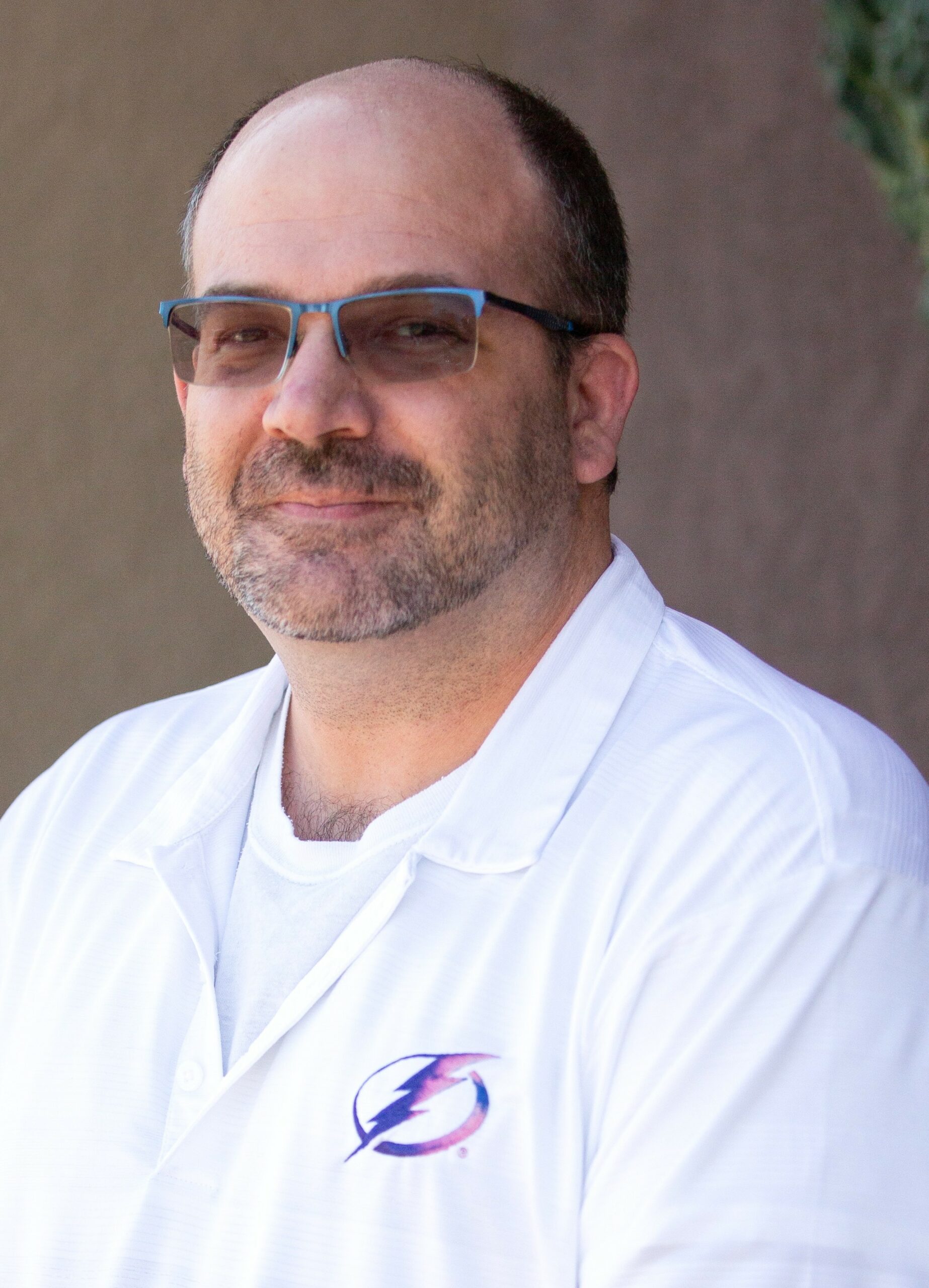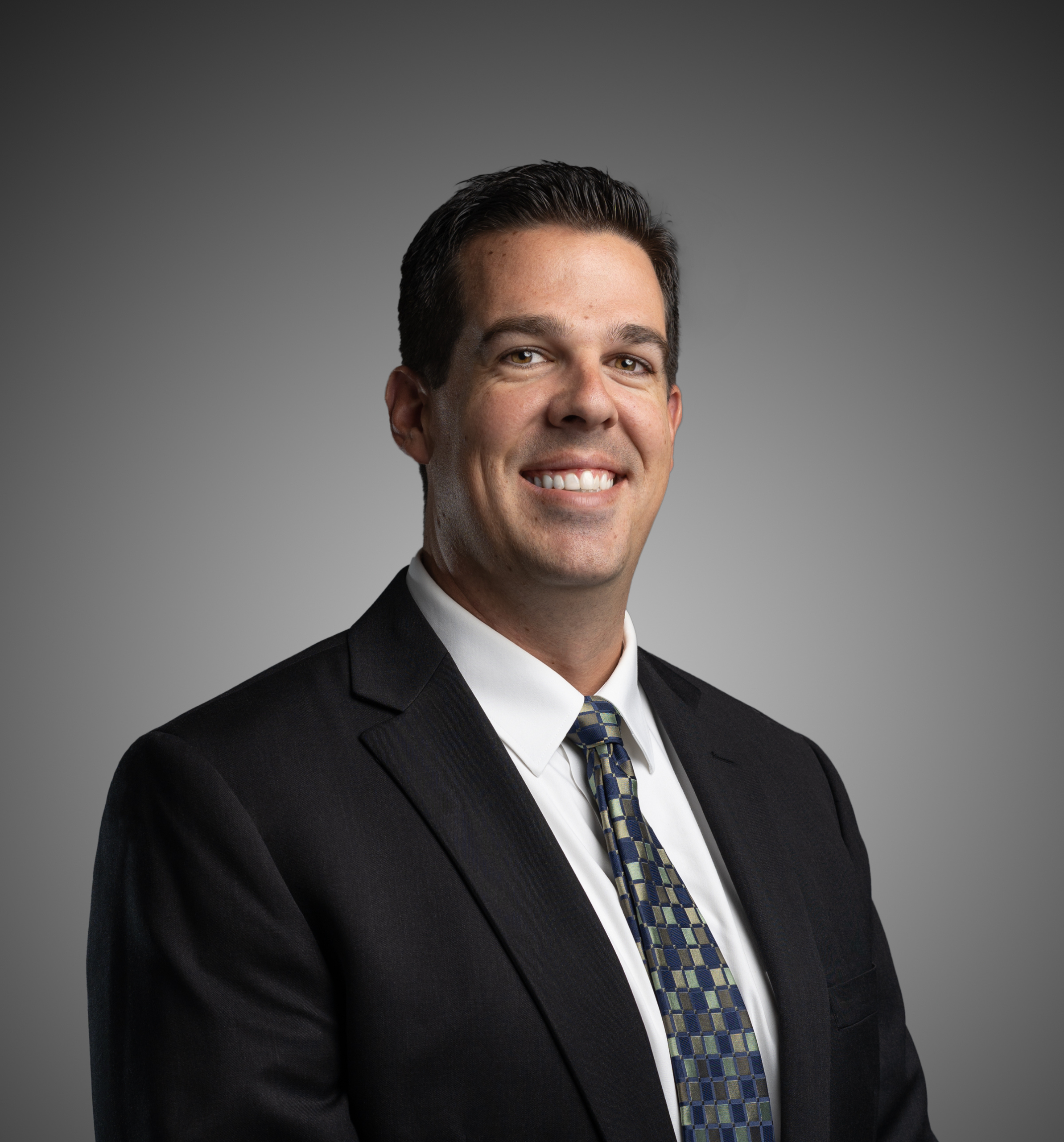In late 2022, President Biden signed a $1.7 trillion bill introducing vital retirement savings legislation. Known as the SECURE 2.0 Act of 2022, the legislation brings major changes to existing retirement account rules. Here’s how the recent changes impact 401(k) retirement plans and what that means for you and your employees.
RMD Changes
Historically, required minimum distributions (RMDs) began when an individual turned 72. Under the SECURE act, the RMD age changes to 73. This change was enacted on January 1, 2023, so the new requirements are officially operative. But in 10 years, the RMD age will climb to 75.
Secondly, the SECURE act removes RMDs for qualified employer Roth 401(k) plans. Prior to the SECURE act, Roth IRAs were not subject to RMDs, unlike Roth 401(k) accounts. Under the new rules, Roth accounts are no longer subject to RMDs.
Changes to Catch-Up Contributions
The SECURE act introduces two major changes to how catch-up contributions are handled.
First, it increases the limits to which you can make catch-up contributions to your retirement plan. If you’re between the ages of 60 and 63, you can contribute either $10,000 or 150% of the catch-up limit of the 2024 calendar year (whichever is greater). This change goes into effect starting in 2025.
Secondly, if your wages for the prior calendar year exceed $145,000, any catch-up contributions you make must be made as Roth contributions. If your salary is less than that, you may still make pre-tax contributions, but the plan cannot limit any account holder from contributing. This change goes into effect in January 2024.
Hardship Withdrawals
As of 2024, 401(k) account holders can take an “emergency” withdrawal from their account in the amount of $1,000 or less. You can take this amount once per year to cover unforeseen expenses. However, you must repay the distribution within a designated time limit. Otherwise, you’ll be prohibited from additional withdrawals for three years.
Historically, early distributions have been subject to a 10% tax, but the SECURE 2.0 Act eliminates this requirement. It also allows penalty-free withdrawals on smaller sums in cases involving domestic abuse.
Student Loan Payments
Student loans often prevent people from saving for retirement. The SECURE 2.0 Act now allows employers to make matching retirement plan contributions based on the employee’s student loan payment amount. This change will go into effect in 2024.
Emergency Savings Accounts (PLESAs)
Starting on January 1, 2024, employers can add pension-linked emergency savings accounts (PLESAs) to a retirement plan. Any contributions made to the PLESA will be treated as a Roth contribution and only made available to employees who receive low levels of compensation. The total amount that can be contributed to a PLESA is $2,500.
Withdrawals are permitted on a monthly basis (or more frequently) and function as Roth distributions. The first four withdrawals each year can be made with no fee.
401(k) Automatic Enrollment Changes
Many employers already feature automatic enrollment, but the SECURE Act will expand this beginning in 2025. The Act requires 401(k) and 403(b) plans to automatically enroll eligible participants unless they specifically opt out.
This feature is designed to maximize retirement plan participation, though employees will still have the option not to enroll if desired.
Employer Incentives
Under the new guidelines, employers can offer their workers a small financial incentive to encourage participation in a workplace retirement plan. For example, employers may offer a small-value gift card to employees who enroll in the workplace plan.
This guideline is currently in effect for retirement plan years after December 2022, so business owners who are seeking to increase participation may consider offering these incentives.
Replacing Saver’s Credit with Saver’s Match
At present, retirement account holders are permitted to take the Saver’s Tax Credit, a non-refundable credit commonly used in matched plans.
However, starting in 2027, the IRS will replace the saver’s credit with a saver’s match. This new provision allows for a matching federal contribution that goes directly to your retirement plan, up to 50% or $2,000 per person.
The match is classified as an elective deferral and recorded on Form 5500. Since the change occurs in 2027, the first time you can receive this benefit will be during the 2028 tax year.
Benefits Administration and More
While retirement plans and overall benefits administration can seem confusing and overwhelming, Focus HR offers a local team of experts to simplify the process and free you of the administrative burden and risk exposure that comes along with 401K and other health benefit options. To request a consultation, contact Focus HR today.










